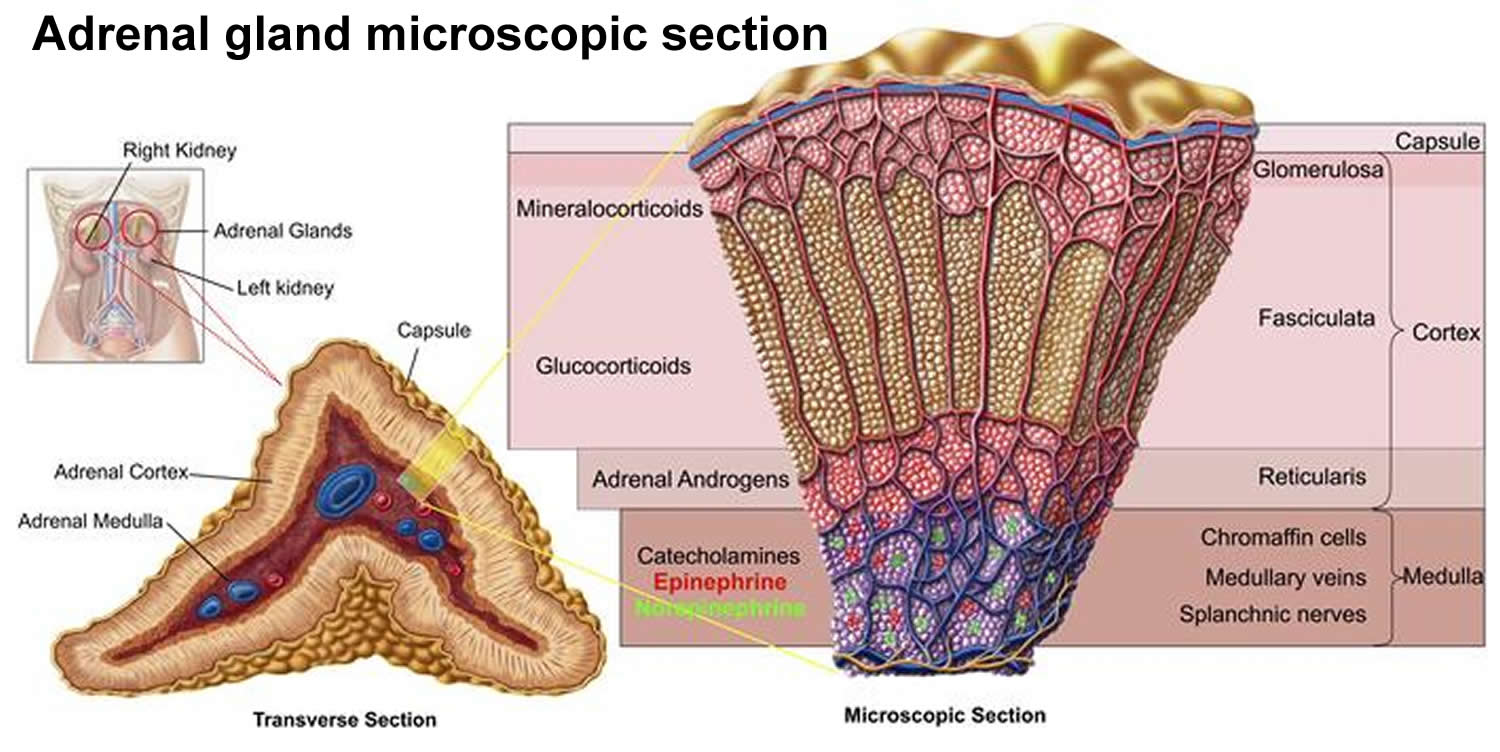

It is along this tract that the hormones oxytocin and vasopressin (also called antidiuretic hormone or ADH) are cleaved from their prohormones and prepared for release in vesicles along with their co-peptides neurophysin I (oxytocin) and neurophysin II (vasopressin). The pathway from the hypothalamus to the posterior pituitary is called the hypothalamo-neurohypophyseal tract. As we discussed in the previous chapter, both nuclei are composed of multiple cell types, but it is only the large magnocellular neurons that produce the hormones and that send axons into the neurohypophysis. The hypothalamic nuclei in which the cell bodies of these neurons reside are the supraoptic and the paraventricular nuclei. The posterior pituitary is often termed the neurohypophysis because the hormones of this part of the pituitary are released directly from the axonal endings of their source neurons into the circulation (Figure 2.1). However, it is increasingly clear that the immune system also has such an important effect on neuroendocrine regulation that it must now also be considered as a special “diffuse” neuroendocrine component. Traditionally, the neuroendocrine system has been considered in two parts, that part dealing with the posterior pituitary, or neurohypophysis and that part dealing with the anterior pituitary, or adenohypophysis.

The information transfer in the hypothalamic-neuroendocrine pathways are unique in that they are largely blood borne as opposed to neurally mediated. The third efferent system, the limbic system, will be covered in a later chapter.

The Neuroendocrine System represents the second, and last, major efferent system of the hypothalamus that we will consider in detail in this section. Circuitry of the Hypothalamic-neurohypophyseal tract.


 0 kommentar(er)
0 kommentar(er)
